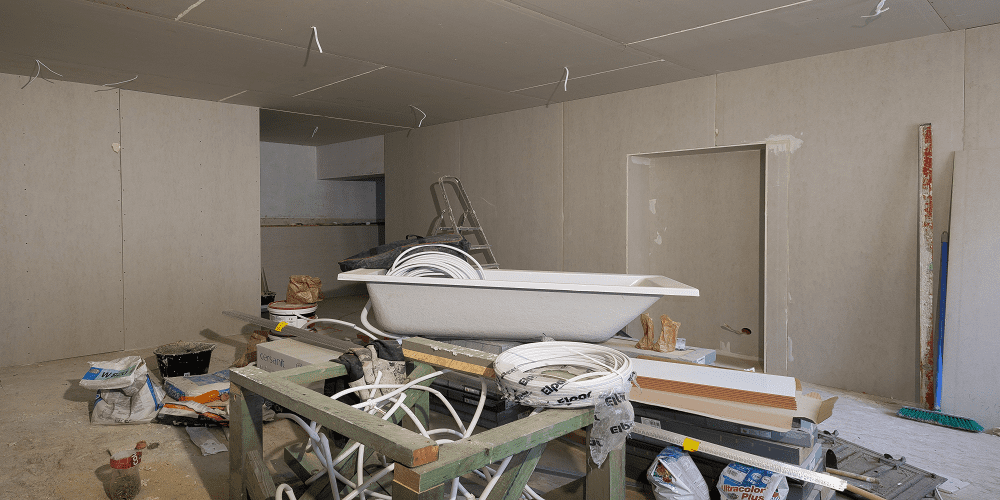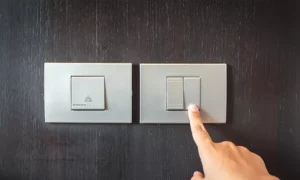Introduction
In the quest for the perfect living space, homeowners often find themselves at a crossroads when considering home improvements. These projects can significantly enhance the aesthetics, functionality, and value of a property, but they also come with their own set of challenges. In this in-depth guide, we will explore the advantages and disadvantages of home improvements, helping you make informed decisions to create a home that truly reflects your vision.
Advantages of Home Improvements
1. Increased property value:
One of the primary advantages of home improvements is their potential to increase your property’s market value. Renovations, such as kitchen remodels, bathroom upgrades, or the addition of extra living space, can significantly boost the overall worth of your home.
2. Enhanced Aesthetics and Functionality:
Home improvements allow you to customize your living space according to your preferences and lifestyle. From modernizing outdated designs to optimizing layouts for better functionality, these changes can enhance both the visual appeal and practicality of your home.
3. Energy Efficiency and Cost Savings:
Many home improvement projects focus on energy-efficient upgrades, such as installing solar panels, upgrading insulation, or investing in energy-efficient appliances. While these changes may involve an initial cost, they can lead to long-term savings on energy bills and contribute to a greener environment.
4. Personal Comfort and Satisfaction:
Improving your home allows you to tailor the space to better suit your needs and preferences. Whether it’s creating a cozy reading nook, a spacious entertainment area, or a state-of-the-art home office, these changes contribute to increased personal comfort and overall satisfaction.
5. Curb Appeal and Neighborhood Image:
Well-executed home improvements can significantly enhance your property’s curb appeal, making it more attractive to potential buyers and contributing positively to the overall aesthetics of your neighborhood. This can create a domino effect, positively impacting property values in the area.
6. Adaptation to Changing Needs:
As your family grows or your lifestyle evolves, home improvements provide the flexibility to adapt your living space accordingly. Whether it’s adding an extra bedroom, creating a home gym, or renovating the kitchen to accommodate a growing family, these changes allow your home to evolve with you.
Disadvantages of Home Improvements
1. Financial Investment and Budget Constraints:
Undertaking home improvements often requires a significant financial investment. Budget constraints can be a major disadvantage, especially if unexpected expenses arise during the project. It’s crucial to plan meticulously and have a contingency fund to mitigate financial challenges.
2. Disruption to Daily Life:
Home improvement projects, particularly extensive renovations, can disrupt your daily routine. Noise, dust, and the presence of contractors may lead to temporary inconveniences, and you’ll need to find alternative living arrangements for certain activities during the construction phase.
3. Potential for Improvement:
There’s a fine line between improving your home’s value and over improving it for the neighborhood. If the improvements far exceed the standards of the surrounding homes, you may struggle to recoup the costs when selling. It’s essential to strike a balance between personal preferences and market expectations.
4. Regulatory and Permit Challenges:
Home improvement projects often require adherence to local building codes and obtaining necessary permits. Negotiating these regulations can be time-consuming and challenging, adding a layer of complexity to the process. Failure to comply with regulations may result in fines or having to undo completed work.
5. Unforeseen Issues and Delays:
Home improvement projects are susceptible to unforeseen challenges, such as structural issues or hidden damage discovered during construction. These can lead to unexpected delays and additional costs, making it essential to have a realistic timeline and contingency plans in place.
6. Emotional stress and decision fatigue:
The decision-making process involved in home improvements, from selecting materials to choosing color schemes, can be emotionally taxing. The stress of making countless decisions, combined with the disruption to your living space, can contribute to decision fatigue and emotional strain.
Conclusion
In weighing the advantages and disadvantages of home improvements, it’s crucial to approach each project with careful consideration. While these enhancements can transform your living space and elevate your quality of life, the potential challenges and financial commitments should not be underestimated. By understanding both sides of the coin, homeowners can make informed decisions, ensuring that their investment aligns with their goals and enhances the overall value of their property. Remember, a well-thought-out home improvement project has the power to turn your house into a dream home, tailored to your unique needs and preferences.
































